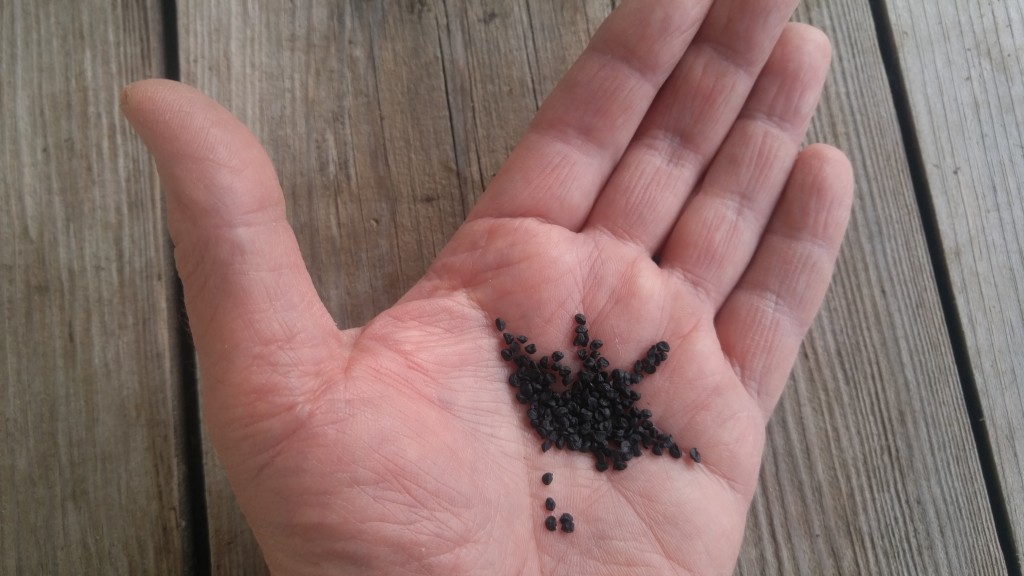Onions are a staple in our kitchen and I’m guessing are in yours too. While homegrown vegetables are always the best, it’s especially true with onions.
Those little onion bulbs, called sets, that you find in the garden center were grown last year from an onion variety selected for good storage characteristics, not flavor. I have to confess that I’ve used them plenty of times in the past during those years when I was not able to grow my own transplants.
Not only do homegrown onions in general taste better, you can pick and choose the variety you want without having to depend on what the local garden center has to offer. There are all kinds of gourmet onions available that you can only get if you grow them yourself. Just stay away from short-day varieties, they are not adapted to our latitude.
The secrete to growing onions from scratch is to get started early. I try to sow my onion seeds indoors sometime during January.
Onion seeds are fairly easy to grow. Compared to many vegetables such as tomatoes, peppers and others, onions don’t require as much attention. With most other vegetable seedling, transplanting from a crowded container into individual pots or cells is absolutely necessary, that’s not so critical with onions. They do quite well growing close together like a clump of grass during the early stage of their life cycle.
To get started, sow onion seeds into clean containers, I use six inch plastic flower pots. They’re easy to wash and sterilize and can be used year after year.
Fill your growing container an inch or so from the top with a good starting mix, other types of potting mixes may be used if the manufacturer didn’t add too much fertilizer. Gently firm the soil down and moisten it. Sprinkle your onion seeds evenly over the surface of the soil –about 50 -60 seeds will fit nicely in a six inch pot. Cover the seeds with about a quarter inch of the starting mix and firm it down so it makes good contact with the seeds. Lightly water the pot.
You should start to see the tiny seedlings begin to emerge in about a week to ten days at 70 degrees F. Once they’ve emerged, place the pot in a sunny area and drop the growing temperature to the lower 60′s during the day and upper 50′s during the night. If you grow your seedlings under artificial light only, give them ten hours of light a day. Keep them moist but not soaking wet.
Occasionally fertilize your growing plants according to directions on the fertilizer package. The onions will sometimes grow so much that they will fall over. If that happens l cut back the tops a little bit with a pair of scissors. Our goal is to get the plants about a quarter inch wide at garden planting time.
Since onion transplants can tolerate frost and cold soil temperatures, you can plant them into the ground as early as April. That will give them plenty of time to grow lots of leaves. The larger the onion plant is when it begins to form bulbs, the larger the onion will be. At planting time you just knock the plants out of the pot all together in one clump and pull them apart as you plant.
If you haven’t done so, order your onion seeds now so you can get them started soon.
Bob
